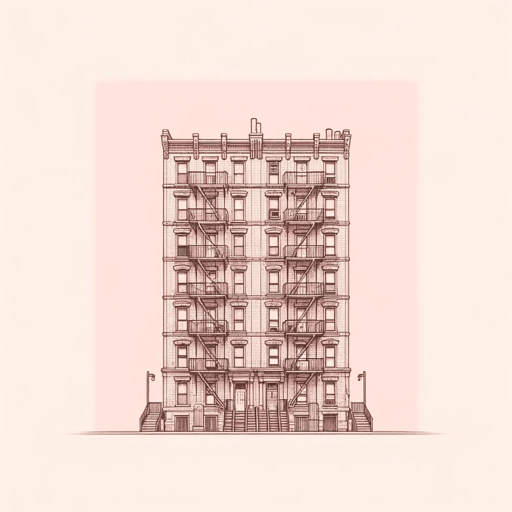47 pages • 1 hour read
Jacob RiisHow the Other Half Lives
Nonfiction | Book | Adult | Published in 1890A modern alternative to SparkNotes and CliffsNotes, SuperSummary offers high-quality Study Guides with detailed chapter summaries and analysis of major themes, characters, and more.
IntroductionChapter Summaries & Analyses
Introduction Summary and Analysis
Riis opens with a quotation from Francois Rabelais’s 16th-century novel Pantagruel (c. 1532): “one half of the world does not know how the other half lives” (1). The people of New York, “youngest of the world’s great cities,” have discovered in the latter half of the 19th century that the conditions in which the other half lives cannot be safely ignored (1). That more impoverished half—specifically three-fourths of the city’s population—lives in the tenements. New Yorkers created the tenements, where “all the influences make for evil,” such as “pauperism,” “drunkenness,” and “crime” (3). New Yorkers, therefore—specifically the landlords and others with capital to invest—must solve the problem. This capital investment, however, must be supported by Christian principles. Working people must have comfortable homes. Within the book’s first five pages, Riis introduces all three of its major themes: The Consequences of Greed, Tenements as Locus and Source of New York City’s Social Ills, and The Urgency and Possibility of Reform. The Introduction concludes with a full-page photograph (“Hell’s Kitchen and Sebastopol”) that captures the dismal scene of a five-story tenement building and its surroundings.

